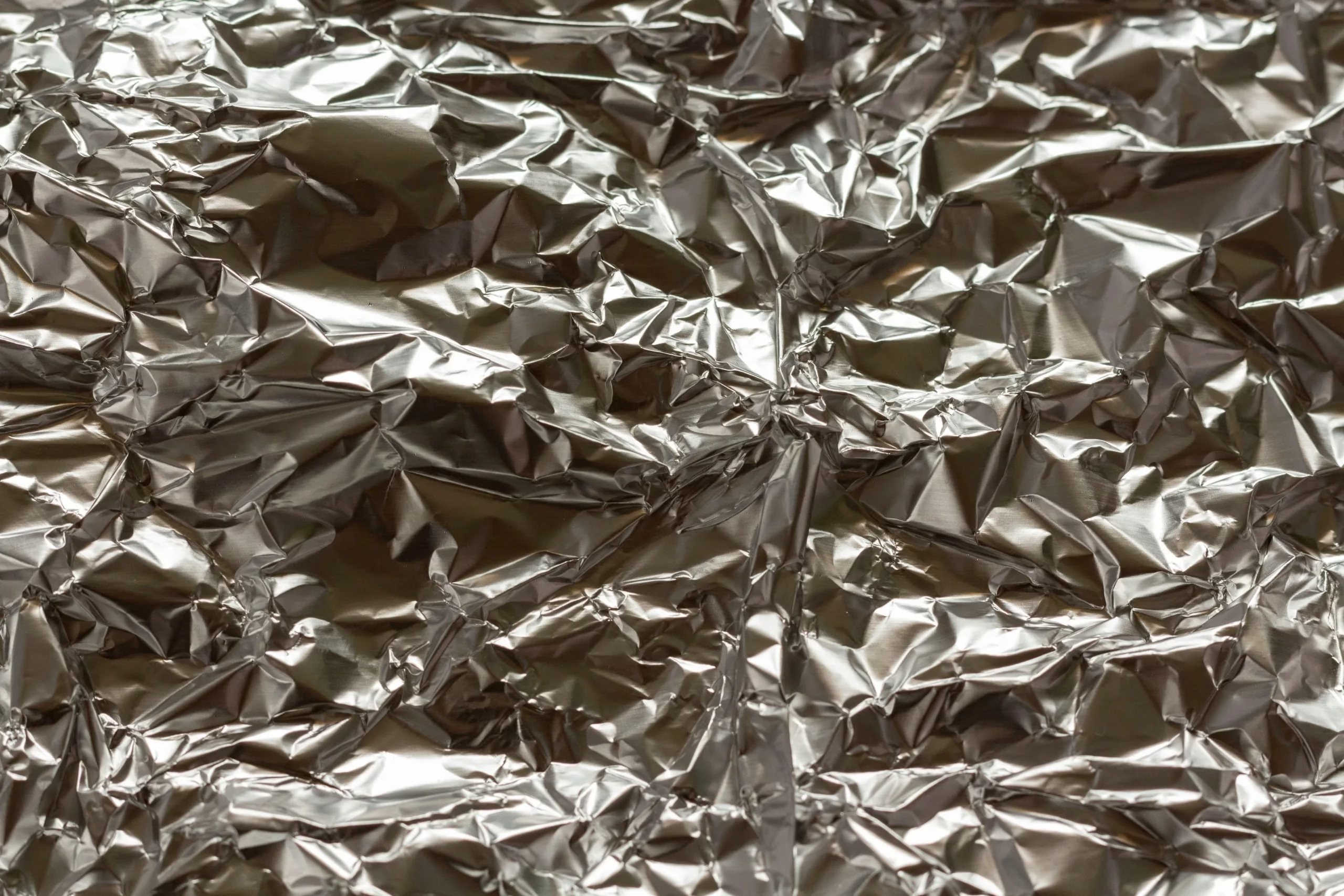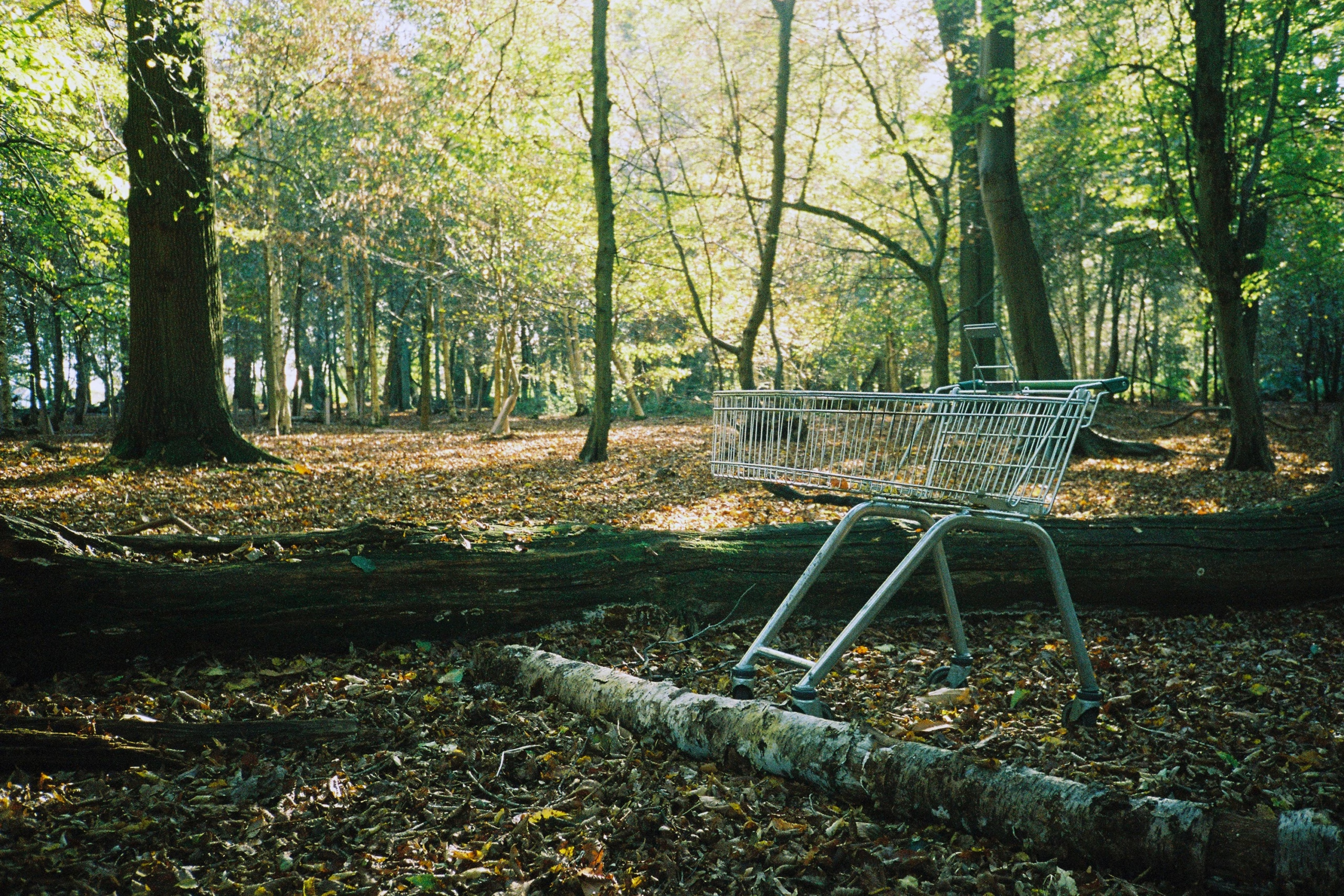With apologies to the esteemed Elizabeth Barrett Browning who had no known penchant for aluminum, we’re borrowing her signature sonnet introduction to make a point about the utter magnificence of lucky element #13 (on the periodic table)—the wonder metal.
We chose aluminum for LumiCups because of its strength, luster and infinite recyclability. The entire concept of a durable metal that literally can be recycled a million times without losing its malleability or ductility (ability to bend without breaking) is extraordinary. But diving beneath that topline performance, we find some pretty impressive capabilities in support of its moniker as a wonder metal.
Aluminum is the rare metal that is both strong and light. It loves forming bonds with other elements and will alloy with many, depending upon what we need it to do. It can be made more bendable or more rigid, stronger than steel or lighter than paper, dense enough for building construction or thin enough to flex like fabric. It is non-magnetic but electrically conductive—more so than copper, even. But aluminum won’t oxidize—when it meets air, a micro-layer of aluminum oxide forms, but that halts the process from going any further.
It’s excellent at dispersing heat, which also means it’s great at keeping things cold when it’s used as a container. It’s in our most sophisticated spacecraft and our most mundane kitchen utensils because it’s so easy to cast, mill or form. You’ll find it in solar panels and wind turbines, helping to decarbonize the same energy grid that will enable aluminum production to vastly reduce its carbon footprint. It’s non-toxic and it won’t spark. This wonder metal quite literally contributes to its own evolution and sustainability.
All of this to offer, and we never really knew what it could do until the latter 1800s.
Aluminum is Ubiquitous, yet Elusive
Alumina is ‘sticky.’ It likes to bond with other elements around it. It’s the second-most common solid element on Earth, and it really buddies-up to its neighbors and binds tightly to the minerals surrounding it. An economical process for freeing it from those rocks finally came along in 1886 from nearly simultaneous discoveries by inventors working in Ohio and northern France. Charles Martin Hall and Paul Héroult succeeded in efficiently freeing aluminum from the rock it was bonded to—a moment that must’ve called back to Arthur freeing the sword from the stone—by super-heating it, then jolting it with electricity. The Hall-Héroult process is still in use, albeit with many improvements.
Once freed from its neighborly bonds, the creative minds of industry quickly discovered a myriad of uses for this wonder metal that changed the course of human history. For instance, the Wright brothers—Orville and Wilbur—had a dodgy engine powering their prototype airplane that was too heavy for the modest thrust it generated. Swapping an aluminum/copper engine block for the usual cast iron version reduced its weight by 10%. The resulting savings were enough to help lift their plane off the ground for its controlled, powered, manned flight, thus formally kicking off the aerospace age.
Unlimited Uses for an Infinite Lifecycle
Because aluminum is so efficiently recycled, it’s the most-collected discarded metal. Since WWII, society has turned in pots and pans, gum wrappers and cigarette packs, cans and bottles, hub caps and building materials for recycling and reuse. There’s a decent chance the soda can in your refrigerator right now has a few molecules of the very first aluminum cans first sold by Coors Brewing in 1959. That’s some serious hang-time.
Call Me
Stories abound around the divergence between those who name it aluminum and those who prefer aluminium. We’ve done our best to sift through and discard the outlier theories—our favorite being a supposed misprint on the crates of a large shipment of “Aluminum” from Great Britain to the United States back in the days of Thomas Jefferson. The missing “i” was considered a feature, not a bug, and reputedly set in motion the mispronunciation we maintain to this day. It’s a fun story for the spellcheck-set, but it’s wrong.
In truth, the source of both names of this wonder metal is the same man—the British chemist credited with its discovery in the early 1800s. In sync with the times when other elements were being hitched to an -ium ending—like magnesium and calcium—Davy dutifully added an -ium ending to the alumina he’d discovered. A few years later, he came to regret that choice and eliminated the “i” in favor of the sleeker -um.
His own conflicting versions began appearing in various scientific journals, textbooks and catalogues, and the jumble soon found their own fans. Americans ultimately preferred four syllables, whereas the British held onto all five. The distinction remains today, so one will inevitably find multi-coloured aluminium in Britain, and multi-colored aluminum in America.
Regardless of pronunciation, this wonder metal will continue to serve as a backbone performer in the world’s economy well into the future—and those 1959 beer cans will be recirculating for the duration.




